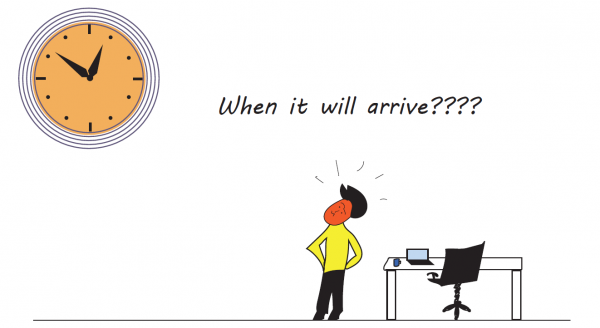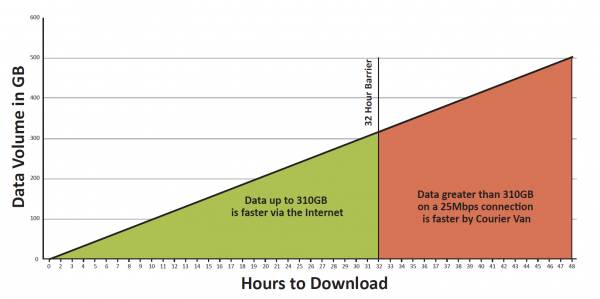 The PPDM’s quarterly Foundations publication recently featured an editorial article by Guy Holmes, Senior VP of Asia-Pacific. The article focuses on the major technology advances that enable storing and accessing seismic data via a web-based platform.
The PPDM’s quarterly Foundations publication recently featured an editorial article by Guy Holmes, Senior VP of Asia-Pacific. The article focuses on the major technology advances that enable storing and accessing seismic data via a web-based platform.
“The typical way exploration companies store and access their data is by putting data on tape and storing in offsite storage facilities…. While waiting for 32 hours to get access to data may seem normal, the reality is that web based delivery can be or is much faster.” The full article text is below:
Has the Courier Arrived Yet?
By Guy Holmes, Katalyst Data Management, as seen in PPDM Foundations Volume 3, Issue 1
I hear it on an almost daily basis. I usually stand for it and take it in without comment. Sometimes, if I am feeling energetic, I will try to correct the person, but usually I let it go in one ear and out the other. It is interesting how we form a belief, and then the longer we believe it, the more closed to the possibility of changing that belief we become.
Today we revel in how fast technology is changing and marvel at companies that disrupt conventional businesses. If you look at the sudden change that Uber has brought to the taxi industry, you will note that the sudden disruption seems to force one to face and acknowledge the new reality. There are some businesses making slow and steady progress on mainstay technology where facing and acknowledging the change isn’t necessary. Because there is no sudden life changing shift, this slow but steady progress never forces the market to rethink what may now be possible as a result.
Storing and accessing seismic data via a web based platform has been seen as impractical for many years. The reasons that I hear most often for this are “the files are too big” or “my connection is too slow” or a combination of both. Often though, I can’t help but think that the person knows neither how big their files actually are, nor how fast their connection is. What I do know is that at some point in their life, they were probably right about it not being practical. The issue is that this is likely no longer the case or, if it is, it won’t be for long.
The typical way exploration companies store and access their data is by putting data on tape and storing in offsite storage facilities. If a company wants to retrieve data from one of their tapes, they place an order for the tape to be retrieved, a courier van drives it to their office, and then once delivered, the user places it in a tape drive and reads the data off the disk for use. Often, a whole tape has to be read only to get a small file. This process in its entirety takes an average of 32 hours from ordering the data to using it.

Looking at a typical business use case:
• Download speed is 25 Mbps (megabits per second)
• The user wants to get a file from a single 3592 tape cartridge
• The cartridge contains up to 500 GB of data.
As per the below graph, access to files of up to 300 GB on a 25 Mbps connection is as fast or faster than the age old approach of courier vans. It is also:
• Free in many cases to download the data,
• Does not use vehicles (better for the environment),
• Allows the user to download only what they need (unlike tape that is often an all or nothing approach),
• In many cases can be done with added support data (observer logs, processing reports, etc.) in a single transaction, and,
• You do not need to return the tape to storage when you are done, so a return courier of your tape back to storage is no longer required (again, a thumbs up for the environment).
In 2016 we consume streamed movies, rather than rent a tape. We consume streamed and packet downloaded music, rather than buy a disk. We play video games online rather than install them on our machines. As a matter of course, the consumption of data in the oil & gas industry will follow this same trend – it’s only a matter of time. Funnily enough, even though the facts about where we are heading seem pretty obvious, adoption will be slow. In the meantime, I am sure I will still hear complaints that waiting for 32 hours to download a file is way too long, even though waiting for a courier van for 32 hours is quite acceptable.
To view more PPDM publications, click here.

